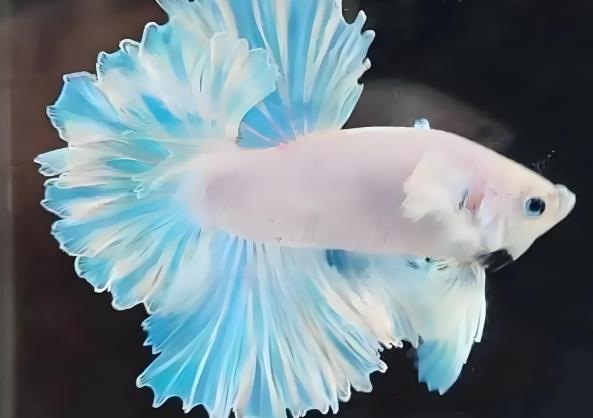Betta fish can survive in tap water, but proper treatment is a must to keep them safe. Here are the key things to keep in mind:

1. Essential Steps for Tap Water Before Use
Removing Chlorine
Let tap water sit for at least 24 hours to allow chlorine to evaporate, or use a water conditioner to quickly get rid of leftover chlorine.
Untreated tap water can damage your betta’s gills, stress them out, or even be fatal.
Adjusting the Temperature
Fresh tap water is usually cooler, so make sure it matches the tank’s temperature (24-28°C) before adding it in. Try to keep the temperature difference under 2°C.
2. Required Water Parameters
pH Level: 6.5-7.2 (slightly acidic to neutral).
Dissolved Oxygen: At least 5mg/L. While bettas can handle lower oxygen levels, they still need a basic amount to thrive.
3. Suggestions for Alternative Water Sources
River or Lake Water: Only use it if you’re sure it’s pollution-free and has a stable pH.
Boiled Water: Not a good choice—it lacks dissolved oxygen and might still have heavy metals in it.
4. Tips for Long-Term Maintenance
Change about 1/3 of the water every week. Avoid changing all the water at once, as that can cause big, harmful swings in water quality.
Check ammonia and nitrite levels regularly to keep the water stable and healthy.
With the right treatment, tap water can be a dependable water source for your betta fish.
